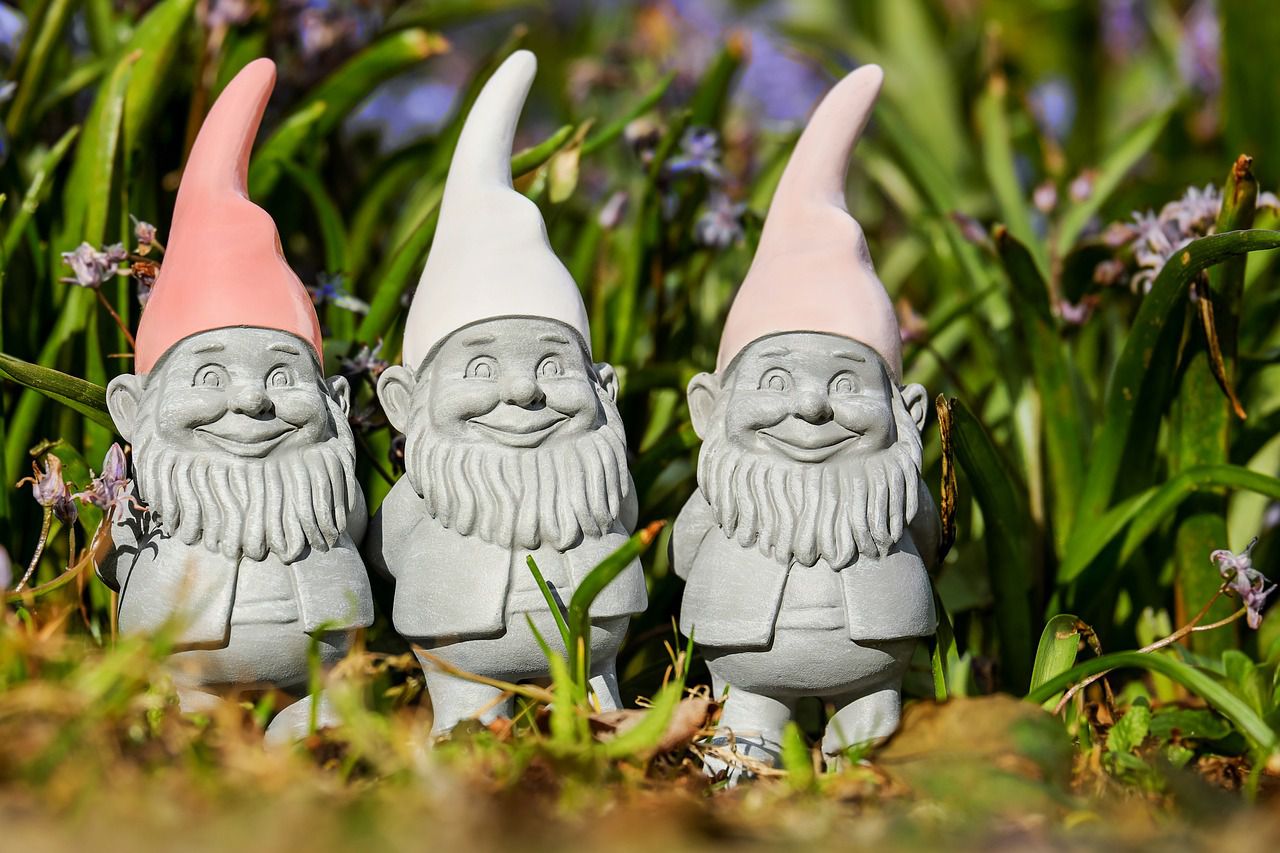Garden gnomes were popular and continue to be recognized as iconic garden decorations due to several historical and cultural factors.
While their popularity has fluctuated over time, they were particularly popular during certain periods for the following reasons.
Let's find out more!

Nostalgia and Whimsy
Garden gnomes exude a sense of nostalgia and whimsy.
They harken back to a time when gardens were seen as places of escape and enchantment.
Gnomes added a touch of fantasy and playfulness to outdoor spaces.
European Folklore and Tradition
Gnomes are rooted in European folklore, particularly Germanic and Scandinavian traditions.
In these cultures, gnomes were believed to be small, benevolent creatures that inhabited the earth and helped tend to gardens.
The association with folklore and mythology gave them a sense of cultural connection.
Victorian Aesthetics
The Victorian era (19th century) witnessed a surge in interest in ornate gardens and decorative elements.
Garden gnomes fit well within the Victorian penchant for elaborate garden design and the romanticization of nature.
Middle-Class Symbolism
As the middle class emerged and expanded in the 19th and early 20th centuries, garden gnomes became a way for homeowners to display their affluence and embrace leisurely pursuits like gardening.
World Wars Influence
After World Wars I and II, there was a desire for stability and a return to simpler times.
Garden gnomes, with their quaint and comforting aesthetic, offered a sense of normalcy and comfort during tumultuous periods.
Pop Culture and Kitsch
In the mid-20th century, garden gnomes became associated with kitsch and campy aesthetics.
They were embraced ironically as part of a trend that celebrated the "tacky" and "over-the-top" design elements.












